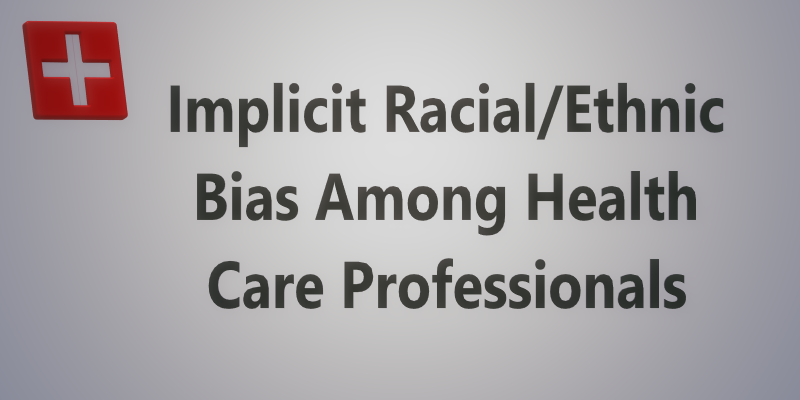Researchers Urged to ‘Meet Patients Where They Are’ to Build More Diverse Clinical Trials
Sponsors looking to increase diversity in clinical trials should, among other things, “meet patients where they are,” hire a more diverse pool of trial investigators, train nonminority investigators and deploy a patient-centric model for trials that includes input from Community Advisory Boards (CABs). Read the Article










